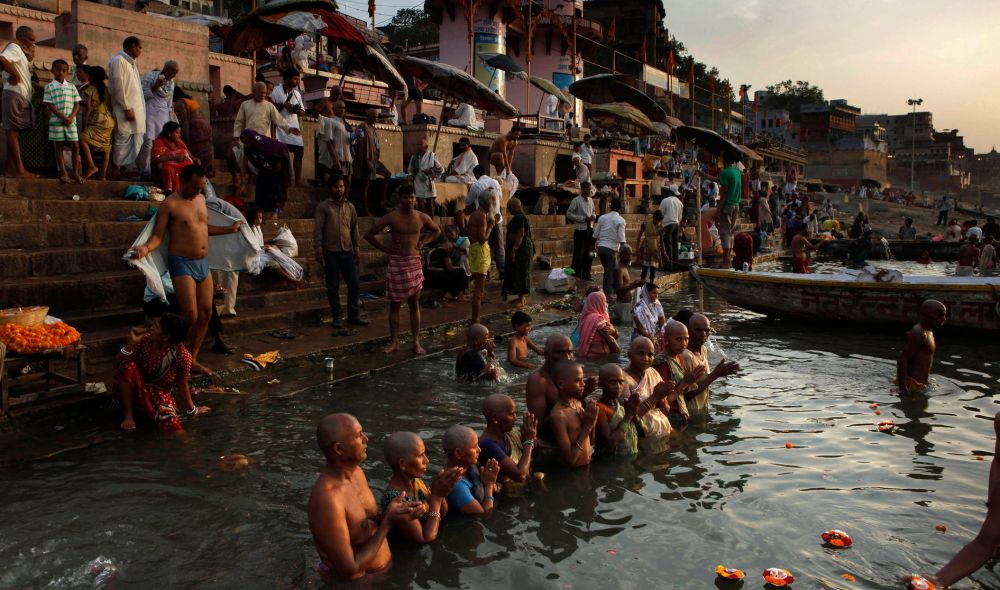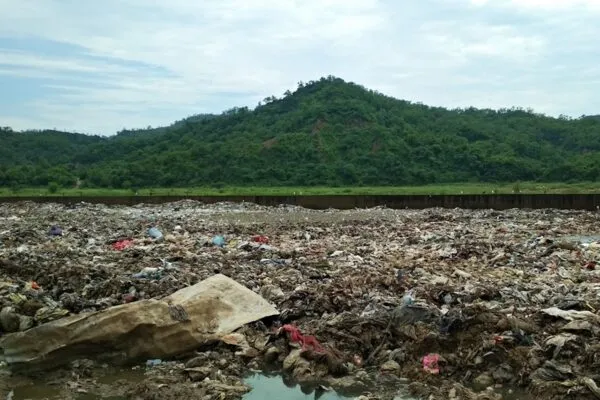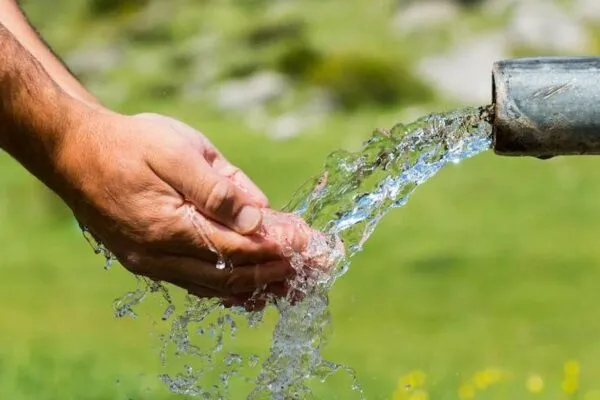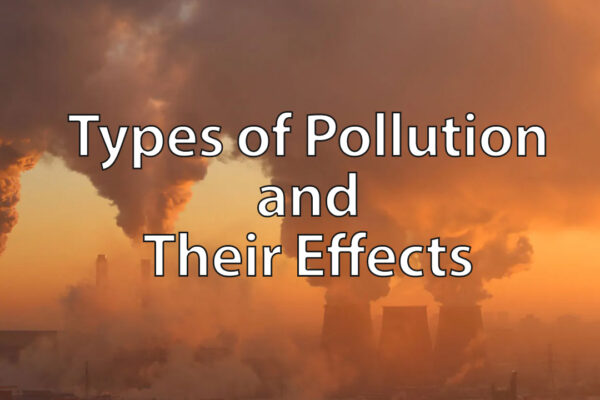Controversial Ganga: Government Says River fit for Bathing, is it though?
The water quality of the River Ganga has been a long-debated topic. The Government of India started the Namami Gange initiative to clean the holy river and it now states the river is fit for bathing
In 2017, the Central Pollution Control Board (CPCB) announced that the water of the Ganga at Haridwar was unfit for bathing. One of the most popular rivers in India, River Ganga, is counted amongst the most polluted water bodies in the world. However, the government said that River Ganga is now fit for bathing.
Evidently, the dissolved oxygen level in River Ganga is within acceptable limits of notified primary bathing water quality criteria. The data also indicates that the dissolved oxygen levels are suitable to support the ecosystem of the river for almost its entire length.
Based on the CPCB data for 2021, the Minister of State for Jal Shakti, Bishweswar Tudu said that none of the Ganga expanses are in the priority category I to IV, and only two areas are in category V with Biological Oxygen Demand (BOD) fluctuating between 3 and 6 mg/I as we CPCB classification of polluted section. Category I is the most polluted with a high amount of BOD, while category V is the least polluted.
Also Read: 50+ Scary Images Depicting Filth of Varanasi and River Ganges
The water quality comparison between 2015 and 2021 revealed that the BOD level of the river flowing through Uttarakhand from Haridwar to Sultanpur and Bihar from Buxar to Bhagalpur is below 3 mg/l. The stretches of the river in Uttar Pradesh from Kannauj to Varanasi and in West Bengal from Triveni to Diamond Harbor, the BOD level is also between 3-6 mg/l.

Image: Rajesh Kumar Singh/AP
Under the Namami Gange Programme, the CPCB has been carrying out water quality assessments of the River Ganga at 97 locations in five states through particular State Pollution Control Boards (SPCB). At an assessed cost of Rs. 30,853 crore, 364 projects have been authorized under the programme and 183 projects have been finished and made efficient.
Bishweswar Tudu said;
Out of these 364 projects, 160 projects belonging to sewerage infrastructure projects have been taken up for creation and rehabilitation of 5024 Million Litres per Day (MLD) of Sewage Treatment Plant capacity and laying of 5,227 km of sewerage network, out of which 76 projects have been completed resulting in creation and rehabilitation of 1,079 MLD of STP capacity and laying of 3,860 km sewerage network.
Given the past two years put the tourism in a humdrum, Ganga and other rivers were bound to revive. However, with the coronavirus restrictions barely in place and tourism booming, human activities in and around the river will directly or indirectly affect its water quality.
The water of Ganga has become so contaminated that it is not fit for bathing, let alone for drinking, which most Indians think is auspicious and suitable for drinking. Various studies have examined the abundance and characteristics of microplastics in surface water of the transboundary Ganges, which not only affect humans, but the aquatic ecosystem as well.
Moreover, the Centre has announced that out of the 1,080 industries causing pollution in Ganga in five states, 190 have been closed. It also said that there are still 165 industries that are not complying with the rules and regulations put in place to avert river pollution.
The authorities have issued closure orders for the nine industries out of the 165 and show-cause notices have been handed out to 156 totally polluting industries. It will be interesting to see what will happen in the coming months as the economy returns to normal as the COVID cases subside.
While the government has declared the water fit for bathing on the basis of dissolved oxygen levels, it sorely failed to consider the other contaminating agents in the Ganges, such as raw sewage, several kinds of plastic and organic matter.
All these things are incredibly dangerous and can cause infections and other diseases. Moreover, the current declaration only accounts for a couple of river stretches and not its entire length.
Via: NDTV


